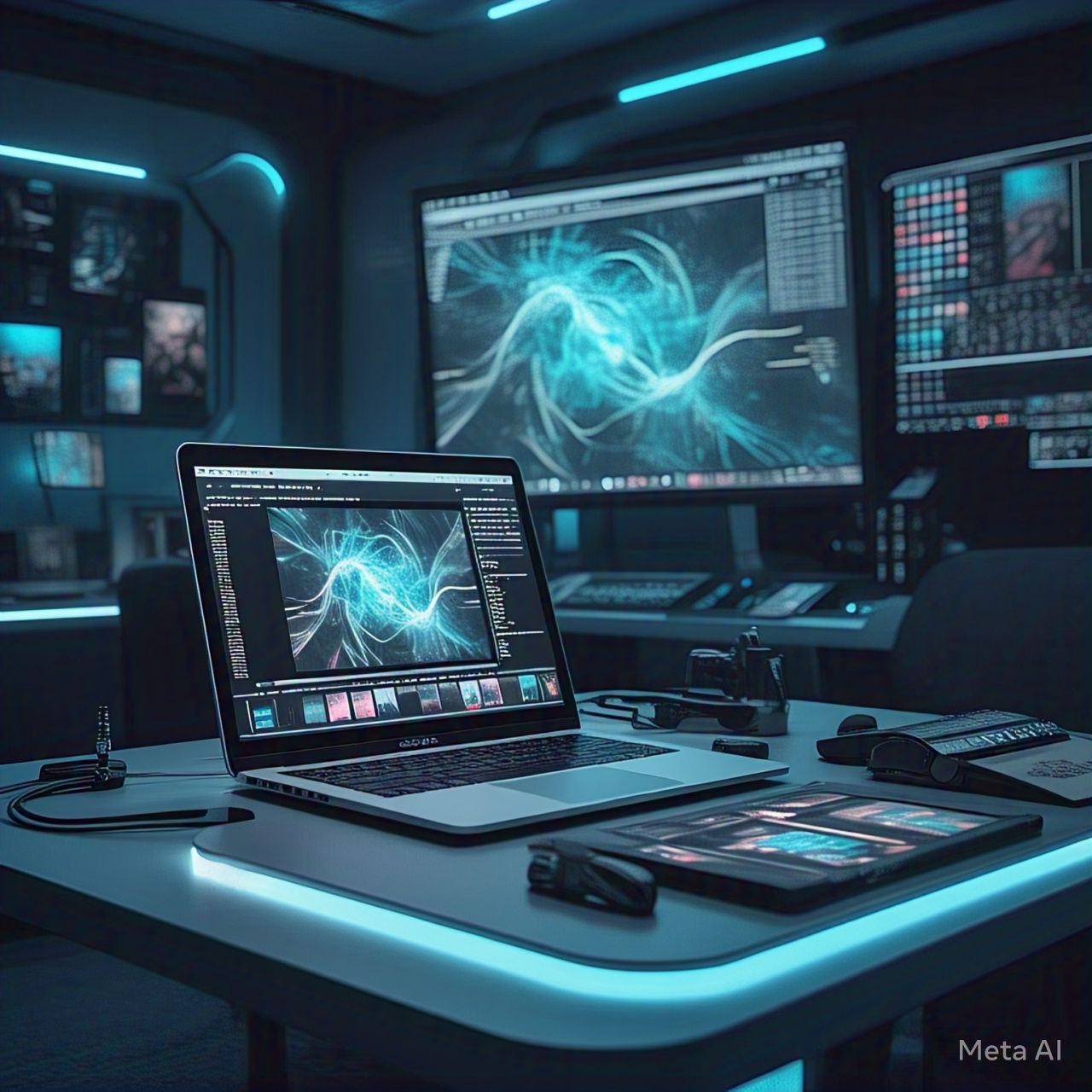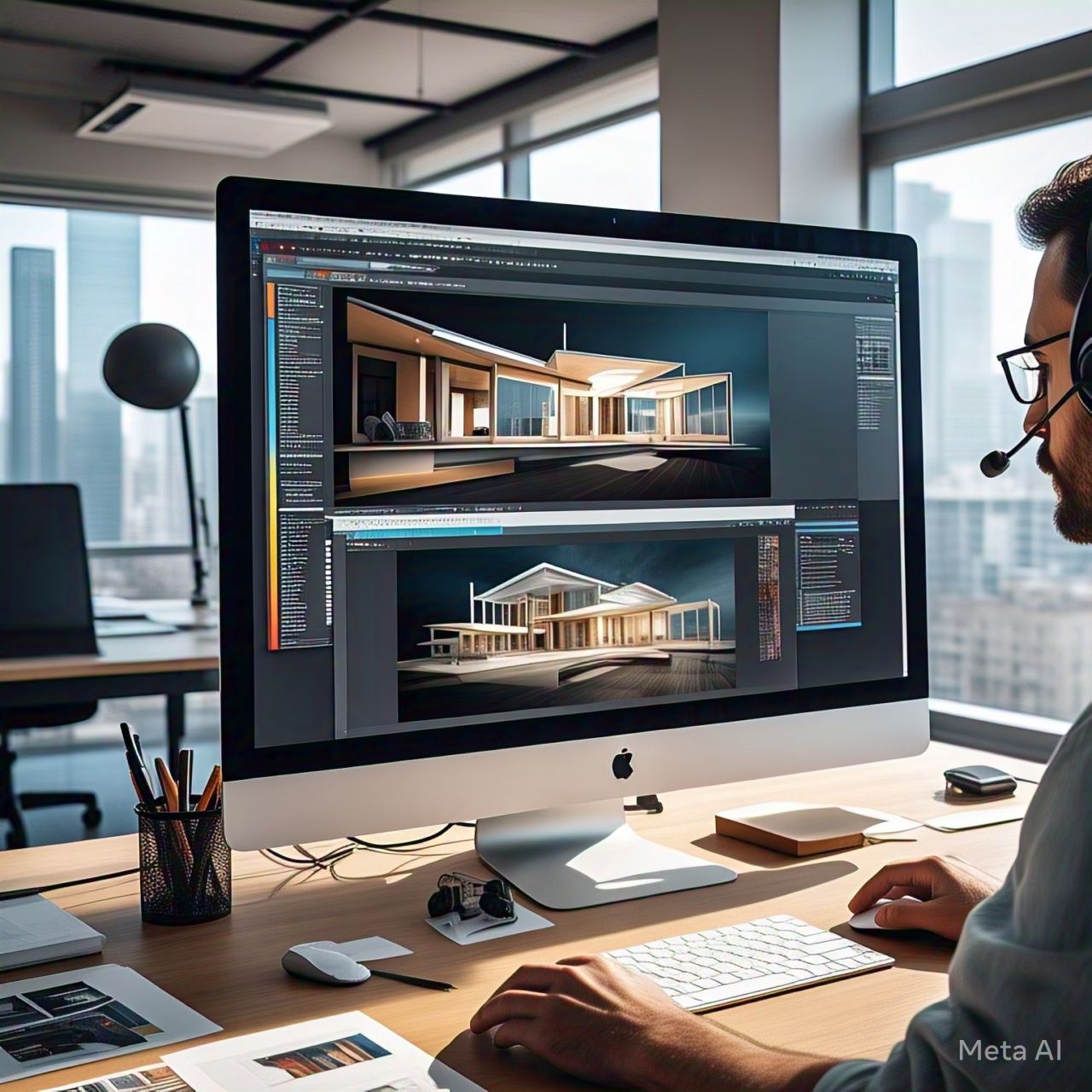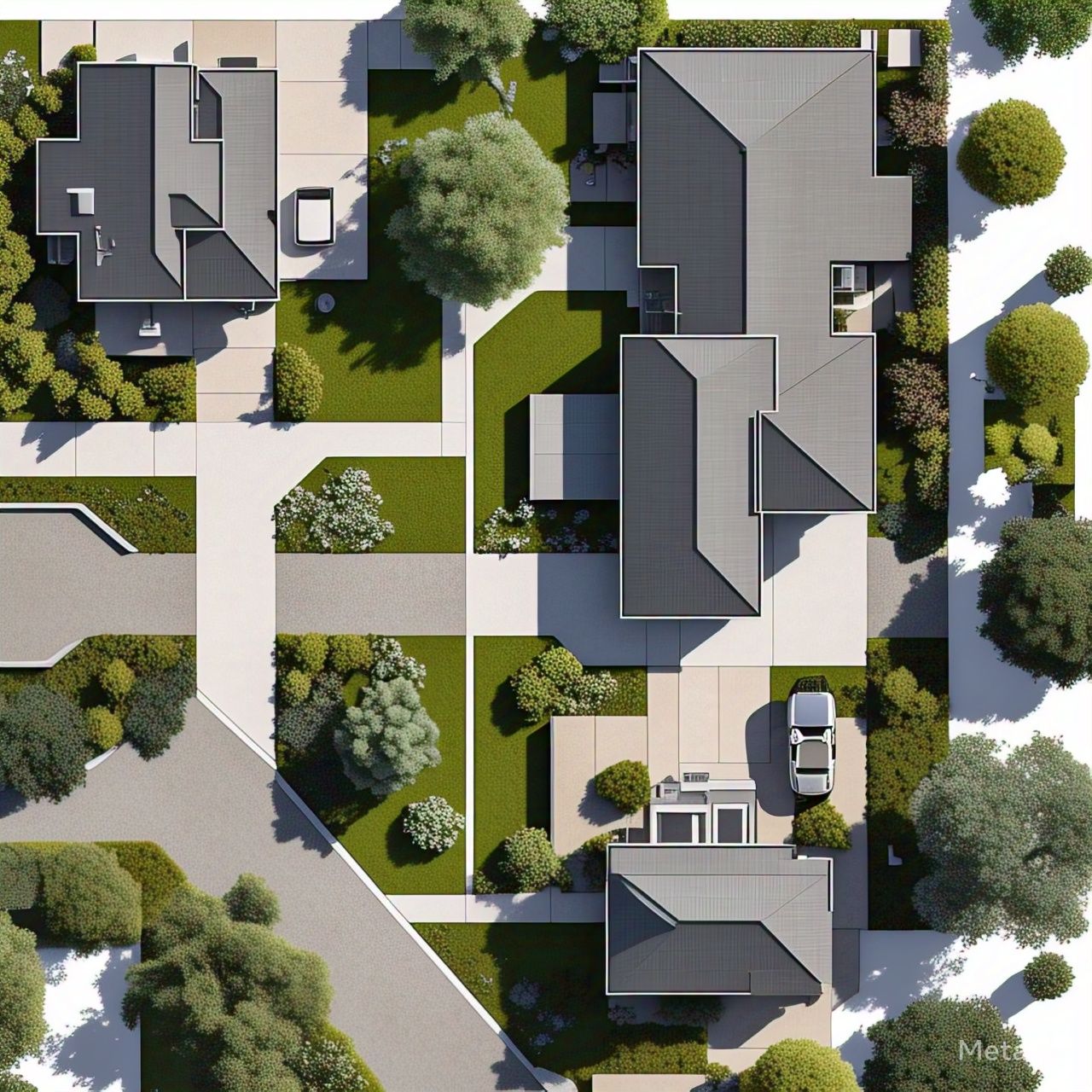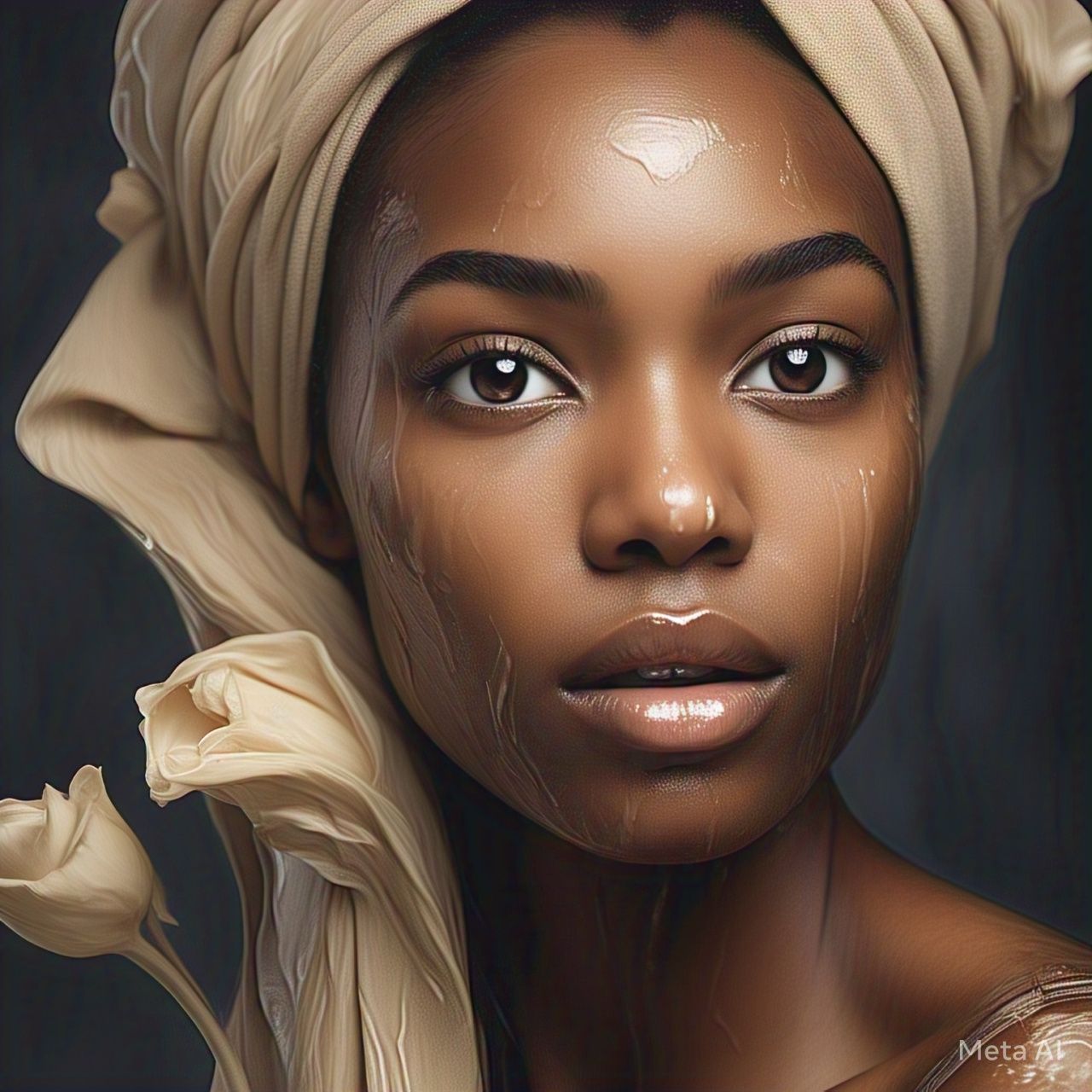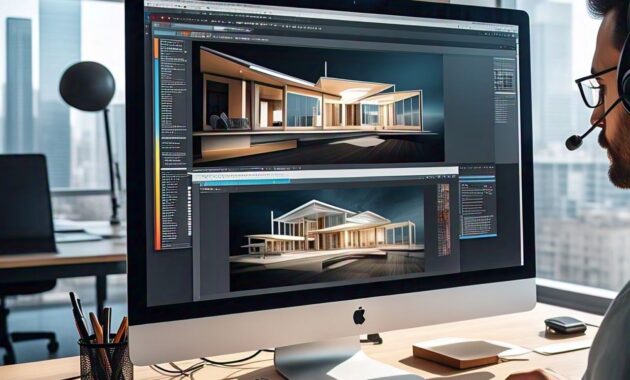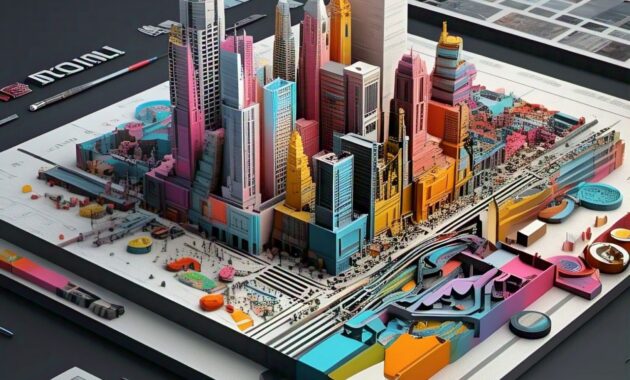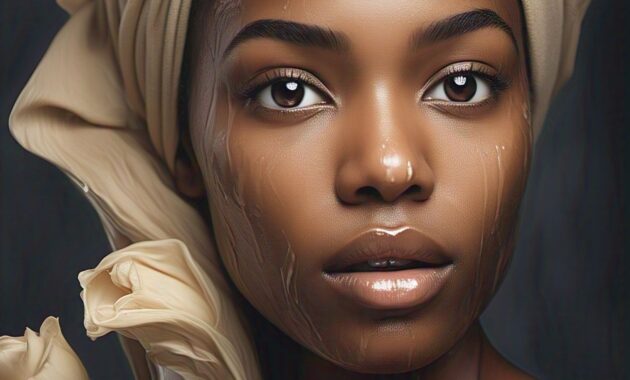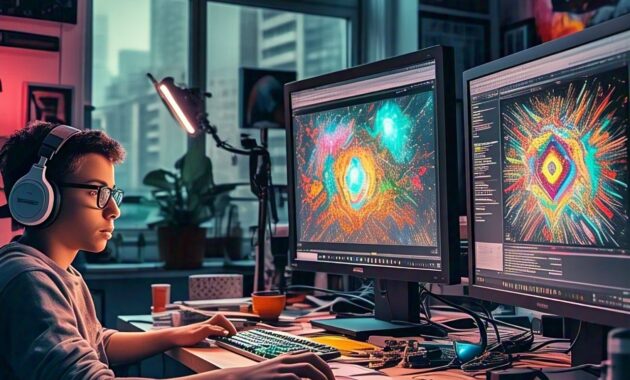In the past few decades, photo editing has evolved significantly, from basic touch-ups to highly complex manipulations. Adobe Photoshop has been at the forefront of this transformation, consistently integrating new technologies to enhance its capabilities. Now, with the integration of artificial intelligence (AI), Photoshop is entering a new era—one where editing becomes faster, smarter, and more intuitive. AI-powered Photoshop is revolutionizing the way designers, photographers, and artists work, making high-level image editing accessible to both professionals and beginners alike.
In this article, we’ll explore how AI is transforming Photoshop, its key features, benefits, and the future of AI-driven editing.
The Role of AI in Photoshop
Artificial intelligence in Photoshop primarily revolves around machine learning models that analyze images, recognize patterns, and automate complex editing tasks. Adobe’s AI technology, known as Adobe Sensei, is at the core of these advancements. It enhances the software’s ability to understand images at a deeper level, enabling users to achieve professional results with minimal effort.
AI in Photoshop is not just about automation—it also introduces powerful new tools that can generate content, enhance image quality, and even make creative suggestions. By leveraging AI, Photoshop is making editing more efficient and accessible for everyone.
Key AI-Powered Features in Photoshop
Adobe has integrated numerous AI-driven tools into Photoshop, making it easier than ever to achieve stunning results. Below are some of the most groundbreaking AI features available in Photoshop today:
1. Generative Fill
One of the most revolutionary AI-powered features in Photoshop is Generative Fill, which allows users to add, remove, or modify elements within an image using AI-generated content. By simply selecting an area and providing a text prompt, Photoshop can intelligently generate new elements that blend seamlessly with the original image. This tool is particularly useful for extending backgrounds, removing unwanted objects, and creating realistic compositions without the need for manual painting or cloning.
2. Neural Filters
Neural Filters use deep learning to enhance images with a single click. These filters allow users to perform complex edits such as:
-
Skin Smoothing – Automatically reduces blemishes and imperfections for professional-quality portraits.
-
Smart Portrait – Adjusts facial expressions, lighting, and even age-related features with simple sliders.
-
Colorize – Converts black-and-white images into realistic color versions with impressive accuracy.
-
Depth Blur – Creates a natural depth-of-field effect, simulating the look of a professional camera lens.
3. Object Selection & Background Removal
AI-powered Object Selection and Remove Background tools make selecting and isolating subjects easier than ever. Instead of manually tracing objects, users can click once, and Photoshop’s AI will intelligently identify the subject and create a precise selection. This feature is a game-changer for photographers and designers who need to cut out subjects quickly for product photography, marketing materials, or social media content.
4. Content-Aware Fill
While Content-Aware Fill has been around for a while, AI advancements have made it more powerful and precise. This feature allows users to remove unwanted objects by analyzing surrounding pixels and intelligently filling in the missing areas. With AI improvements, the results are now more natural and seamless than ever.
5. AI-Powered Upscaling
Photoshop’s AI-driven Super Resolution feature enhances image resolution without losing quality. This is especially useful for photographers who need to upscale images for printing or digital use without causing pixelation or blurriness.
6. Text-to-Image AI Integration
With AI-powered tools, Photoshop is beginning to integrate text-to-image generation, allowing users to create entirely new images from text descriptions. This emerging technology has the potential to change how digital artists and content creators approach their projects, as it enables the creation of unique imagery without traditional design skills.
The Benefits of AI-Powered Photoshop
AI in Photoshop offers a range of advantages that benefit both professionals and casual users.
1. Speed and Efficiency
AI tools drastically reduce the time required for complex edits. What used to take hours of manual work can now be accomplished in seconds with a few clicks. This efficiency is particularly beneficial for professionals who need to meet tight deadlines.
2. Accessibility for Beginners
Before AI, mastering Photoshop required extensive training. Now, with AI-powered automation and intuitive features, even beginners can achieve high-quality edits without years of experience.
3. Enhanced Creativity
AI doesn’t replace creativity—it enhances it. By automating tedious tasks, AI allows artists and designers to focus more on creative aspects rather than spending hours on technical adjustments.
4. Improved Accuracy
AI-powered tools offer high precision, reducing the chances of errors that commonly occur with manual editing. This is especially helpful in tasks like background removal, object selection, and skin retouching.
5. Expanding Creative Possibilities
With features like Generative Fill and Neural Filters, users can create images that were once impossible or required extensive manual work. AI is expanding the boundaries of what can be achieved in digital art and photography.
The Future of AI in Photoshop
AI-powered Photoshop is still evolving, and its future promises even more advanced capabilities. Some upcoming trends and developments include:
1. More Advanced Generative AI Tools
As AI models continue to improve, we can expect even more sophisticated generative tools that can create highly detailed and realistic images from simple inputs. These advancements will further blur the lines between photography and digital art.
2. Real-Time AI Assistance
In the future, Photoshop may integrate AI-powered real-time assistants that can provide editing suggestions, automate repetitive tasks, and even generate design ideas based on user preferences.
3. AI-Driven 3D Editing
AI is expected to enhance 3D editing capabilities in Photoshop, allowing users to create and manipulate 3D objects with ease. This will be particularly useful for industries such as gaming, animation, and virtual reality.
4. Voice and Gesture-Based Editing
As AI technology advances, Photoshop may incorporate voice commands and gesture-based controls, making editing more intuitive and accessible to a wider range of users.
5. Enhanced AI Collaboration Features
Future versions of Photoshop could include AI-powered collaboration tools that enable multiple users to work on the same project in real time, streamlining workflows for creative teams.
Conclusion
AI-powered Photoshop is transforming the world of digital editing, making it faster, smarter, and more accessible. With tools like Generative Fill, Neural Filters, and AI-powered object selection, Photoshop is empowering users to achieve stunning results with minimal effort. As AI technology continues to evolve, we can expect even more groundbreaking features that will further enhance creativity and productivity.
While AI is revolutionizing Photoshop, it’s important to remember that it is a tool that complements human creativity rather than replacing it. The future of editing lies in the perfect synergy between AI automation and human imagination, opening up new possibilities for designers, photographers, and artists worldwide.
Are you ready to explore the future of editing with AI-powered Photoshop? The possibilities are endless!
